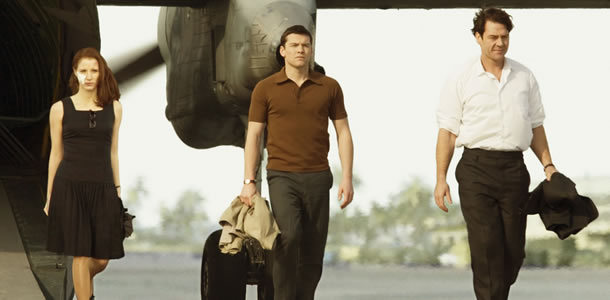“Attack the Block” is a clever parable about the English class system. It also happens to be a badass alien invasion comedy.
A movie like this gives you the sense that most people in horror movies simply aren’t having enough fun. The teenage kids that run the show in “Attack the Block” chase down these “wolf gorilla motherf***ers” not with fear but with enthusiasm and casual pleasures, and it’s a thrill to be a part of.
The punk heroes of “Attack the Block” are egotistical, territorial little buggers from a project in East London. A gang of five kids led by Moses (John Boyega) mug a young nurse (Jodie Whitaker) and are then interrupted by the crash landing arrival of what looks like an alien creature. They brutally kill it because they can and hoist it around as a trophy. Continue reading “Attack the Block”


